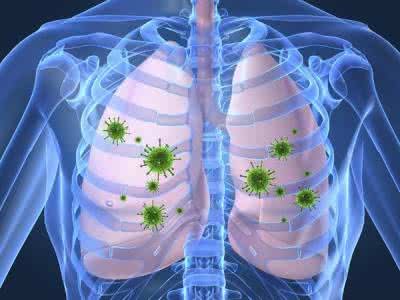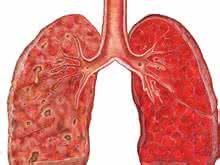How to differentiate Pseudomonas cepacia pneumonia?
summary
Pseudomonas cepacia pneumonia is a kind of pulmonary infection caused by Pseudomonas cepacia. It is mainly seen in patients with severely damaged immune mechanism (such as hematological diseases, malignant tumors) and cystic fibrosis. Most of the cases are progressive, and Pseudomonas cepacia is resistant to most antibiotics, with poor prognosis. The typical clinical process is severe bacterial infection, characterized by repeated or continuous high fever, progressive emaciation, rapid decline of lung function, and often combined with other serious diseases (such as malignant tumor, cystic fibrosis). A few patients may have bacteremia. How to differentiate Pseudomonas cepacia pneumonia?
How to differentiate Pseudomonas cepacia pneumonia?
According to the needs of the disease, sputum, bronchoalveolar lavage fluid, pleural pus, blood, ascites, urine and other samples can be taken. Blood samples must be cultured first and then separated and cultured. Other samples can be directly inoculated on blood agar and McConkey agar plate by drawing lines. The colony characteristics, morphology and staining on blood agar or McConkey agar plate can be used for identification in combination with further biochemical reaction test. On the conventional sputum culture medium, Pseudomonas cepacia grew slowly with various colony forms. When Pseudomonas aeruginosa and Pseudomonas cepacia coexisted, the former grew faster than the latter, so it was easy to be confused with Pseudomonas aeruginosa and Staphylococcus aureus. The selective medium, such as polymyxin carboxythiophene penicillin PC medium, can also be used for the culture of this bacterium.

The methods of typing Pseudomonas aeruginosa include plasmid analysis. By means of pulsed field gel electrophoresis (PFGE), DNA fingerprint type ribose typing, bacteriocin typing, serotyping, biochemical tests, phenotypic analysis, DNA fingerprinting, mitochondrial DNA restriction enzyme type analysis, and extracellular product type analysis were compared with PFGE. Some studies have found that the phenotype of Pseudomonas cepacia isolates is variable. The appearance, antibiotic sensitivity and pigment products of bacterial colonies isolated from a patient in a certain period of time are different. Ribotyping can distinguish all isolates derived from one colony. The diversity of phenotypes may be the result of different gene expression.

The clinical symptoms of female patients are often more serious than male patients, and the prognosis is worse. The typical clinical process is severe bacterial infection, characterized by repeated or continuous high fever, progressive emaciation, rapid decline of lung function, and often combined with other serious diseases (such as malignant tumor, cystic fibrosis). A few patients may have bacteremia. The decline of pulmonary function in patients with Pseudomonas cepacia pneumonia is more serious than that in patients with Pseudomonas aeruginosa pneumonia.

matters needing attention
In view of the fact that Pseudomonas cepacia is transmitted through direct contact and social contact, patients infected with Pseudomonas cepacia should be isolated from uninfected patients and their social activities should be restricted, but the latter is often opposed by patients and controversial; Medical staff should wash hands after contacting patients to reduce the chance of cross infection; The atomizing inhaler should be disassembled and immersed in sodium hypochlorite solution for disinfection every day, and autoclaved once a week. Patients with sinusitis should be punctured to reduce the source of infection.












